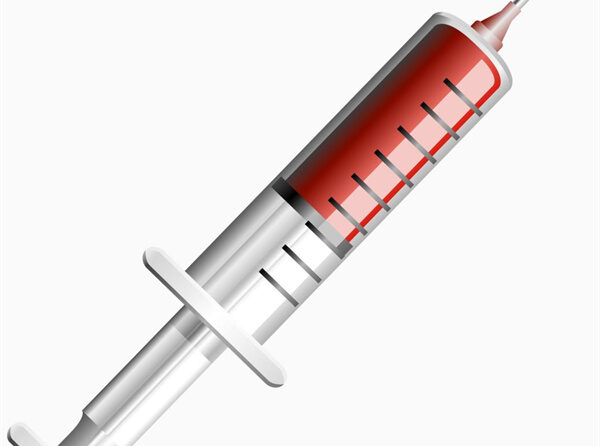Platelet-rich plasma (PRP) is a powerful regenerative medicine treatment that uses a patient’s own blood to promote healing and tissue repair. PRP therapy has shown great promise in treating a variety of conditions, including musculoskeletal injuries, chronic wounds, and even hair loss. In this blog, we will discuss what is most important about PRP and why it is such an exciting and valuable treatment option.
The most important aspect of PRP is its ability to harness the body’s natural healing processes. The human body is incredibly adept at healing itself, but sometimes it needs a little help. That’s where PRP comes in. By concentrating and delivering the body’s own healing factors directly to the site of injury or damage, PRP can accelerate the healing process and promote tissue repair.
Another important aspect of PRP is its versatility. PRP therapy can be used to treat a wide range of conditions, from osteoarthritis and tendinitis to chronic wounds and even hair loss. This makes PRP an incredibly valuable treatment option for patients who may have exhausted other options or who are not candidates for more invasive procedures.
PRP is also a minimally invasive treatment option. Unlike surgery or other invasive procedures, PRP therapy typically involves only a small blood draw and injection of the concentrated platelets. This means that there is little to no downtime or recovery period, making PRP an attractive option for patients who want to get back to their daily lives as quickly as possible.
Finally, one of the most important aspects of PRP is its safety profile. Because PRP is derived from a patient’s own blood, there is little to no risk of adverse reactions or complications. This makes PRP an excellent option for patients who may be concerned about the risks associated with more invasive procedures.
In conclusion, the most important aspect of PRP is its ability to harness the body’s natural healing processes and promote tissue repair. PRP is an incredibly versatile treatment option that can be used to treat a wide range of conditions, and is minimally invasive and safe. If you are interested in learning more about PRP therapy and whether it may be an appropriate treatment option for you, talk to a qualified healthcare provider today.








